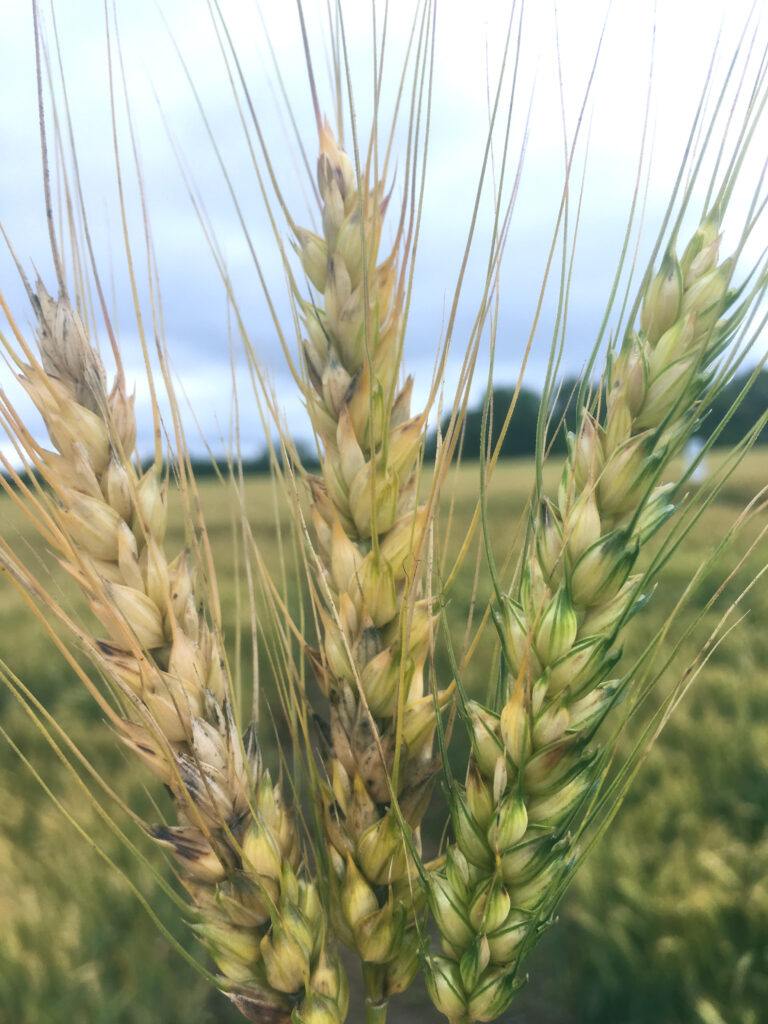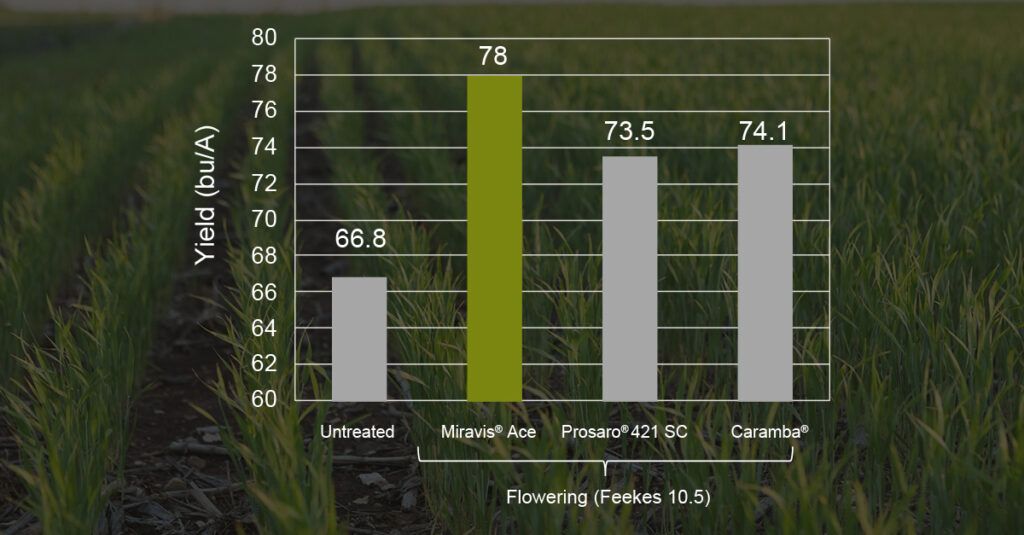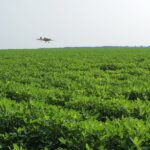Get More Yield from Your Fusarium Fungicide
Help your wheat get ahead of Fusarium head scab, one of the biggest yield threats.

If your wheat has ever been infected by Fusarium head blight, also known as head scab, you know how costly it can be to yields and grain quality. In fact, it has become one of the most economically destructive wheat diseases in the U.S.
The combination of infection timing and non-uniform crop development makes head scab control exceptionally challenging. Plus, protecting yield potential and grain quality usually means choosing to protect the main heads that have flowered, leaving secondary tillers at risk. However, those secondary tillers can play a primary role in increasing your potential yield and ROI.
As you begin making your disease management plan, keep these tips in mind:

- Plan ahead to protect yield potential. If you practice tillage, be sure to bury residue after growing small grains or corn to help reduce the potential of infecting wheat in the following season. If possible, rotate crops away from small grains and corn. You can also choose wheat varieties with some level of head scab resistance.
- Assess head scab risk. Specialists recommend using the U.S. Wheat & Barley Scab Initiative’s Fusarium Risk Tool for updates about head scab risk. Warm, wet weather and high humidity during the flowering and early grain formation stages help head scab thrive. If conditions are right for head scab development or your fields have a history of head scab, consider applying a preventive fungicide to protect your wheat.
- Choose a fungicide with longer-lasting disease control. Choosing a fungicide like Miravis® Ace can make a tremendous difference on your yield monitor. Powered by the most potent SDHI available, ADEPIDYN® technology, Miravis Ace helps protect the main heads and tillers long after you spray for better potential yield and grain quality.
See how Miravis Ace, applied at 13.7 fl oz/A, performs in Fusarium head scab trials:

Ready to ace your yield? See how you can boost your bushels this season using Miravis Ace with our Revenue Calculator.
- Fusarium head blight/head scab is one of the biggest yield-robbing wheat diseases in the U.S., but it can be very hard to control.
- To protect your wheat, assess your risk for disease development and plan ahead with crop rotation or a preventive fungicide application.
- Choose a long-lasting fungicide like Miravis® Ace for more effective head scab control and higher potential yield.


















